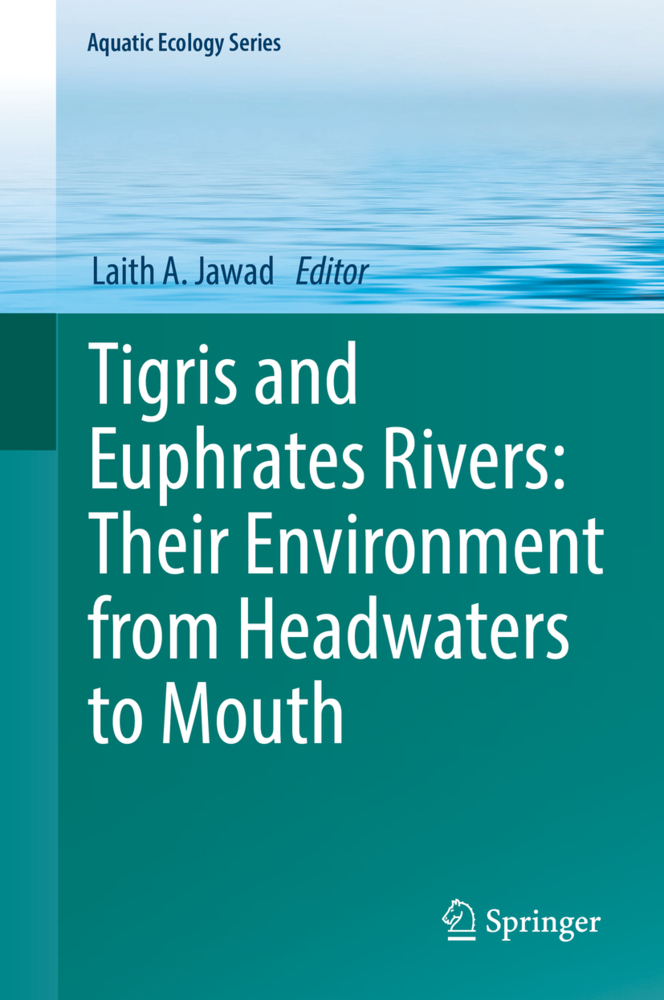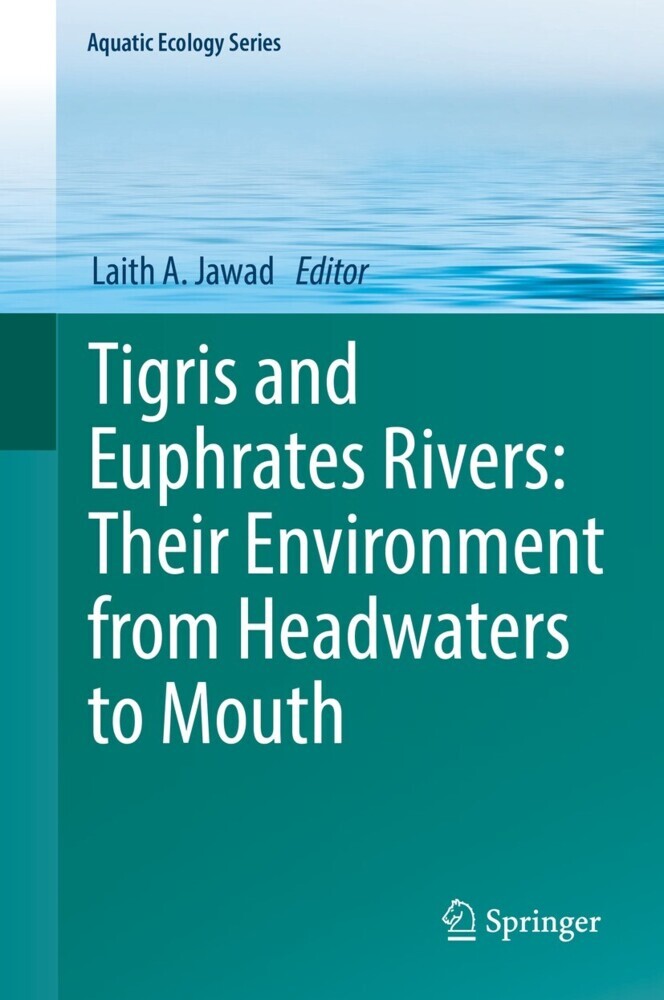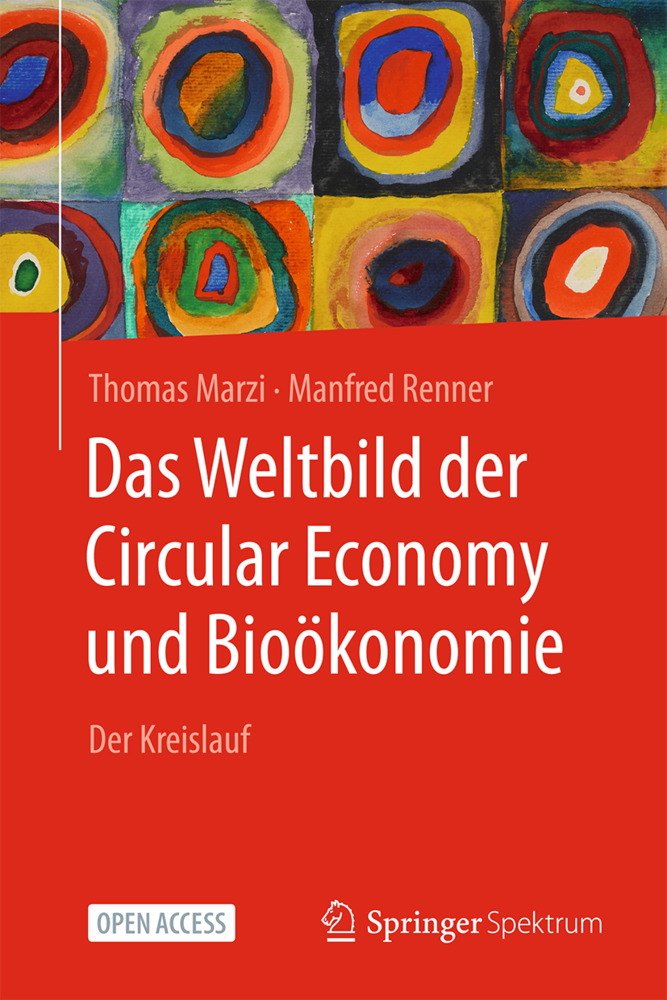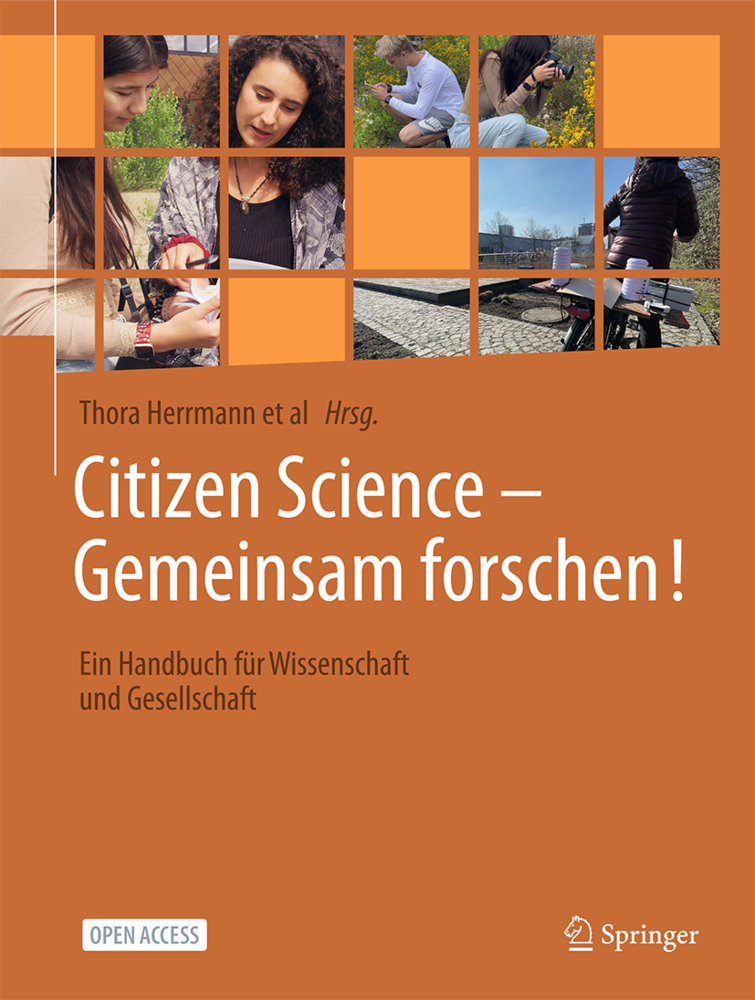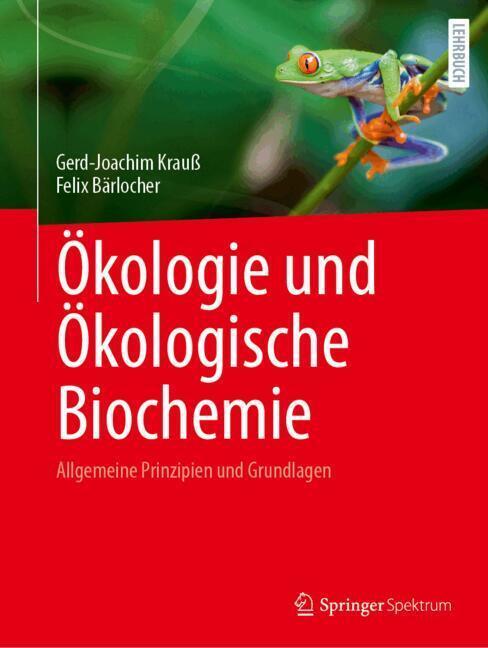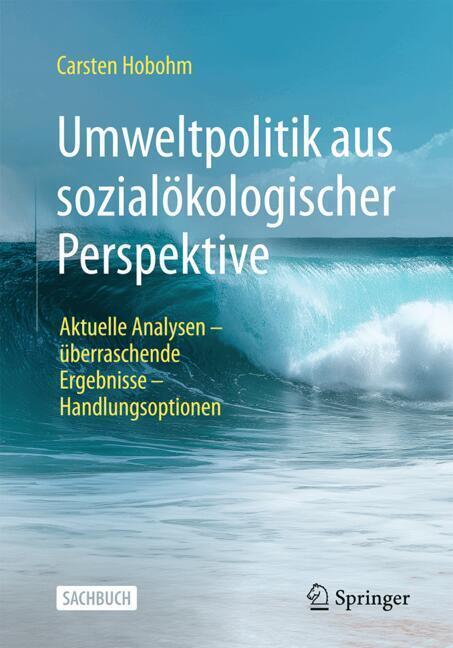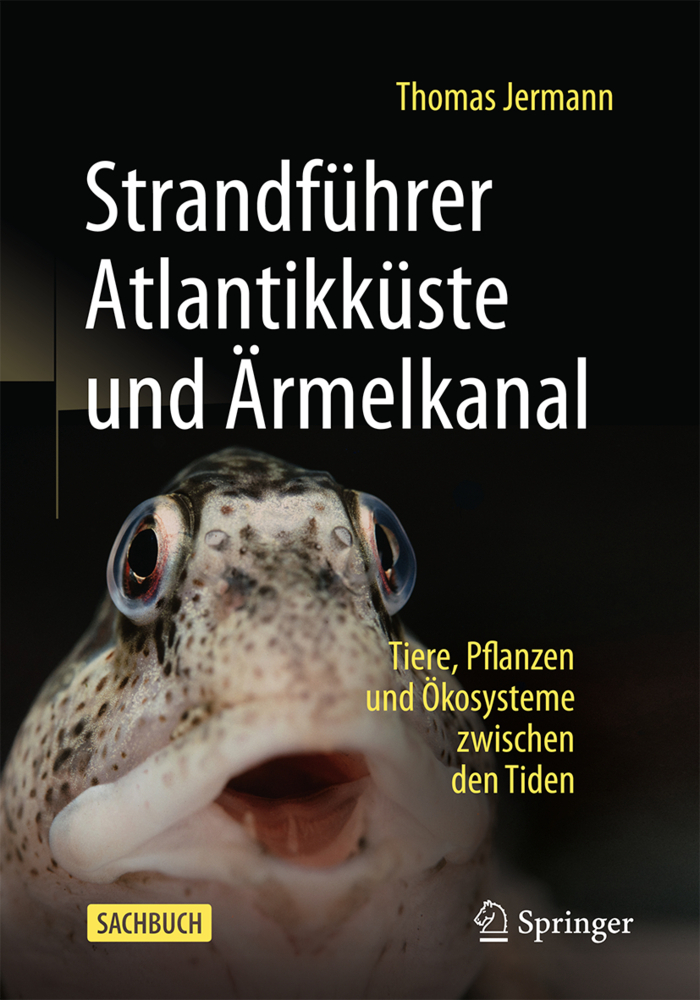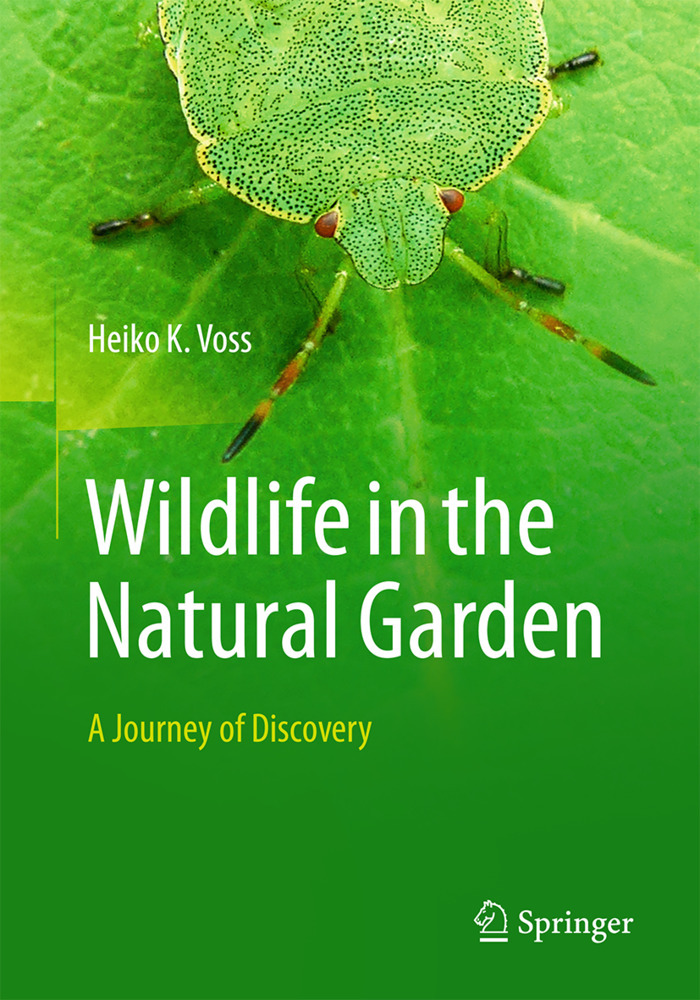Tigris and Euphrates Rivers: Their Environment from Headwaters to Mouth, 2 Teile
Tigris and Euphrates Rivers: Their Environment from Headwaters to Mouth, 2 Teile
The system of the Tigris-Euphrates Rivers is one of the great river systems of southwestern Asia. It comprises the Tigris and Euphrates Rivers, which follow roughly parallel courses through the heart of the Middle East. The lower portion of the region that they run through is known as Mesopotamia, was one of the cradles of civilisation.
There are several environmental factors that govern the nature of the two rivers and shape the landscape the two rivers running through. Geological events create rivers, climate monitor the water supply, the surrounding land influences the vegetation and the physical and chemical features of water.
The Tigris-Euphrates system runs through the territory of four countries, Iraq, Iran, Turkey and Syria. Therefore, any scientific approach to the environment of these two rivers should include the natural history events in these countries.
The book "Tigris and Euphrates Rivers: Their Environment from Headwaters to Mouth" will be divided into nine parts. These parts deal with the issues of the environment, the status of the flora and fauna, the abiotic aspects, ecology, hydrological regime of the two rivers, the biotic aspects. Water resources, stress of the environment, conservation issues.
Since the book of Julian Rzoska "Euphrates and Tigris Mesopotamian Ecology and Destiny" in 1980, no book or major reference has been published that includes between its cover the facts and information that the present book will present. Therefore, the importance of the present book falls in stating the present status of the environment of the two rivers and the comparison of their environment between now and that of 37 years ago as given by J. Rzoska (1980).
The recent studies showed that there are a large number of natural and political events that happened within the last three decades in the area of the Tigris-Euphrates river system that for sure have done a great change to the environmentof the two rivers and consequently changing the biological and non-biological resources of the two rivers.
This book will be a reference book to both Academic and students across the Middle East in different disciplines of knowledge to use in their researches on Tigris-Euphrates river system. The scholars interested in this area will use this book as a guide to compare this freshwater system with other areas in Asia and the world.Introduction
Part I. Historical Perspectives
Vertebrates of Upper Mesopotamia: Present Evidence and Archaeological Data
Fishing Gears and Methods: A Comparison of Ancient Mesopotamia and Other Ancient Worlds
Ichthyological Characteristics Available in the Fish Images Existed in the Art of the Ancient Mesopotamia
The Effectiveness of Ancient Mesopotamian Medical Practices: The Example of susu-Licorice
Part II. The Abiotic Aspects of the Tigris-Euphrates River System
Management of Water Resources Using Storage Reservoirs
Estimation of Irrigated Agricultural Area and Water Consumption in Iraq
The Nature of Tigris-Euphrates Rivers Flow: Current Status and Future Prospective
Streamflow Alteration Impacts with Particular Reference to the Lower Zab River, Tributary of the Tigris River
Ecohydrology in Iraq: Challenges and its Future Pathways
Oil Pollution in the Shatt Al-Arab River and its Estuary 1980-2018
Pesticides in the Waters, Sediments, and Biota of the Shatt Al-Arab River for the Period 1980-2017
Surface Water Salinity of the Euphrates, Tigris, and Shatt al-Arab Rivers
Renewable Energy for Water-Energy Nexus in Euphrates and Tigris River Basin: A Literature Review
Impacts of Dams on Aquatic Biodiversity, Fisheries, Fishes and Their Environment: Problems that Could Be Present in Iraq with Recommendations
Water, Politics and Dams in the Mesopotamia Basin of the Northern Middle East: How Turkey Instrumentalises the South-Eastern Anatolia Project for Political, Military and Strategic Interests
Dams and their Impacts on Fishes in Iran
Part III. The Biotic Aspects of the Tigris-Euphrates River System
Preliminary Review of the Aquatic Biodiversity in Al-Kahla River, Missan Province, Iraq
Freshwater Fish Biodiversity in Iraq: Importance, Threats, Status, and Conservation Challenges
Effect of Climate Changes on the Freshwater Biodiversity in the Mesopotamian Plain: Recommendations for Avoidanceand Plans for the Future
River Corridors as a Refuge for Freshwater Biodiversity: Basic Information and Recommendations to the Policymakers for Possible Implications in Iraq
Biodiversity of Fungi in Aquatic Environment of Iraq
Potability of Drinking Water in Basra-Iraq
Algal Studies in Iraqi Inland Waters. A Review
The Distribution of Epilitic Diatoms in the Turkish Part of the Tigris-Euphrates River Basin
Plant Biodiversity in Shatt Al-Arab Estuary and Ecological Variations
Medicinal Plants of Shatt al-Arab River and Adjacent Area
The Role of Plants as a Canopy in the Inland Waters: Basic Information for Application in Iraq
The Zooplankton Fauna of the Turkish Part of the Euphrates-Tigris River Basin
Kinds and Distribution of Icthyoplankton in Shatt Al-Arab River
Rotifer Diversity in Iranian Waters: A Review
Biodiversity of the Freshwater Amphipods in Iran
The Freshwater Molluscs of the Mesopotamian Plain
Freshwater Annelida of Iraq
A Critical Checklistof the Inland Fishes Native to the Euphrates and Tigris Drainages
Fish Fauna of Shatt al-Arab River, Basrah, Iraq: A More than Quarter a Century of Changes
The Common Carp, Cyprinus carpio: Effect on the Environment and the Indigenous Fish Species in Iraq
The Good and the Bad in Releasing the Grass Carp Ctenopharyngodon idella in the Freshwater System: Recommendations for the Policymakers in Iraq
The Avifauna of Tigris and Euphrates River Basin
The Feasible Approaches to Assist Migratory Birds Visiting the Southern Reaches of Mesopotamia
A Proposal for Establishing Bird Observatory Centre in the South of Iraq
The Potential Role of Waterbirds as a Vector in Dispersing Invertebrates and Plants in the South of Iraq
The Wild Mammals of the Tigris and Euphrates Rivers Basin
The Amphibians and Reptiles of Euphrates and Tigris Basin
A Preliminary Pictorial Guide to the Herpetofauna of Tigris and Euphrates River Basin
Policy Guidance for Sustainable Aquaculture in the Inland Waters of Iraq
How Possible to Use the Desert Area in Iraq for Aquaculture Industry: Basic Facts and Recommondations
Aquaculture Industry in Iraq: Past, Present, and Future Perspectives
Towards an Improved Tilapia Farming in Iraq: Recommendations for Future Application
Information and Recommendations of Aquaculture Stress and its Source in Hatcheries: The Iraqi Aquaculture Industry Investors
Exotic and Invasive Freshwater Fishes in the Tigris-Euphrates River System
Part IV. Water Resources
The Ecology and Modelling of the Freshwater Ecosystems in Iran
Enhancing Rural Women's Participation in Fisheries in Iraq
The Impact of Destructive Fishing Gear on the Fish Biodiversity in the Inland Waters of Iraq
Evaluating Variations in Fisheries by Means of Fishers' Information: Suggested Methodology to Improve Small-Scale Fisheries in Rivers in Iraq
A Possibility to Apply a Traditional Fisheries Enforcement Programme in the Inland Waters of Iraq
Market-ResourceRelations and Fish Seller Livelihood as Seen in Inland Waters of Iraq
The Potential Impact of Deformities in Fishes upon Aquatic Production: Case of Iraq
The Impact of some Social Taboos on Fisheries in Iraq
Inland Water Fishes and Fisheries in Iran
The Possibility of Introducing an Inland Fisheries Education in Iraq
The Marine and Diadromous Fisheries of Iraq
Part V. Stress of the Environment of the Two Rivers
Fish Deformities in the Freshwater Fishes of Iraq: A Short Review and a Study Case on the Indian Catfish Heteropneustes fossilis
The Phenomenon of Fluctuating Asymmetry: As Fish Welfare Indicator Represented by Case Study from the Freshwater Fishes of Iraq
The Studies on Sediments Pollution by Different Types of Metals in Turkey
Macroplastic and Microplastic in the Freshwater Environment of Southern Iraq: Evidences Obtained from Freshwater Fish Species
Heavy Metals in Freshwater Invertebrates of Iran: A Review on the Bioaccumulation and Effects
Fish Parasites of Tigris and Euphrates River Systems
The Parasites of Fishes of the Euphrates and Tigris Rivers: Iraq and Turkey
Ornamental Fishes: A Looming Danger for Inland Fish Diversity of Iraq
Part VI. The Health of the Human Community Inhabiting Freshwater Zones
Aquatic Snails as a Vector of Diseases to the Human in Iran
Death by Drowning in Rivers in Iraq
The Dangerous Catfish Species in the Freshwater System of Iraq: First Time Reports on Cases of Envenomation
Fish Species of the Order Cypriniformes as a Source of Ichthyootoxin and Ichthyogallotoxin in Iraq: Cases Reports
First Reports on Cases of Hallucinatory Fish Poisoning (Ichthyoallyeinotoxism) and Scombrotoxic Fish Poisoning in Iraq
Part. VII. Conservation
Freshwater Management and Conservation in Iran: Past, Present, and Future
The Need of Biodiversity Conservation Strategies in Iraq: The State of Protected Areas
Benthic Macroinvertebrates of the Tigris and Euphrates Rivers inTurkey
Freshwater Ecosystem Conservation in Iraq: Recommendations for Management
Utilising Phenotypic Difference to Regulate Protection Value: A Scheme for Application of a Novel Approach to the Inland Water of Iraq
Hatchery-Reared Fish Stocks Released into the Wild: A Conservation Problem as Seen in a Case Study from Iraq
Part VIII. Social Perspectives
Is the Glass Half Empty or Half Full? An Appraisal of the Four Decades of Turkey's Southeastern Anatolia Project (GAP)
Part IX. Food Security
How Possible to Build Rice-Fish Farming in Iraq in order to Support Food Security Plan: Positive and the Negative Aspects
The Importance of Non-commercial and Small-Sized Fish Species: A Proposal for an Additional Revenue to Iraq
Sociocultural Aspects Influence Food Consumption Habits in Iraq: Management of Food Security
A Preliminary Investigation of Determinants of Food Security in Rural Areas of Basrah Province, Iraq.
Jawad, Laith A.
| ISBN | 978-3-030-57572-4 |
|---|---|
| Artikelnummer | 9783030575724 |
| Medientyp | Buch |
| Auflage | 2021 |
| Copyrightjahr | 2022 |
| Verlag | Springer, Berlin |
| Umfang | XXIII, 1640 Seiten |
| Abbildungen | XXIII, 1640 p. 387 illus., 317 illus. in color. In 2 volumes, not available separately. |
| Sprache | Englisch |

